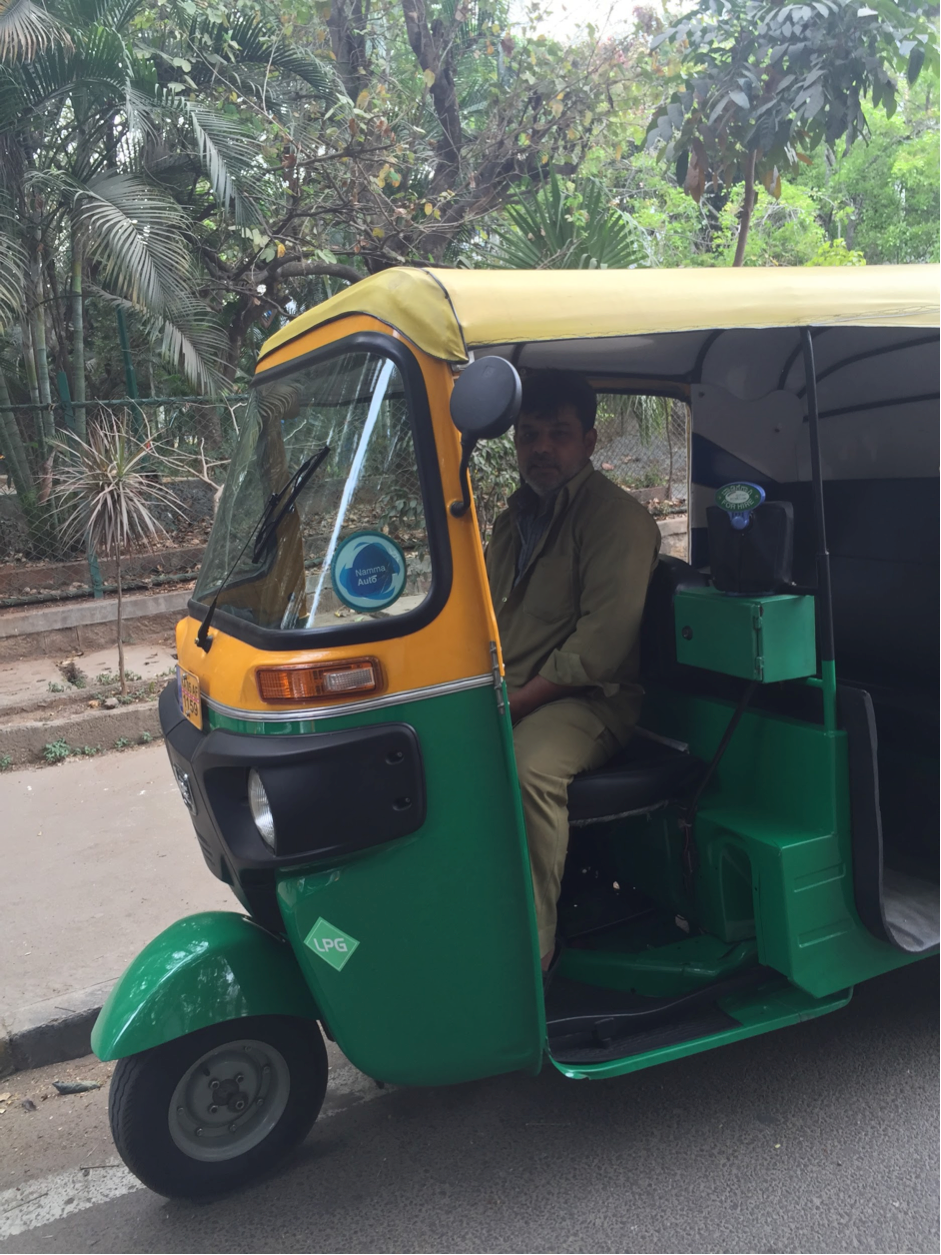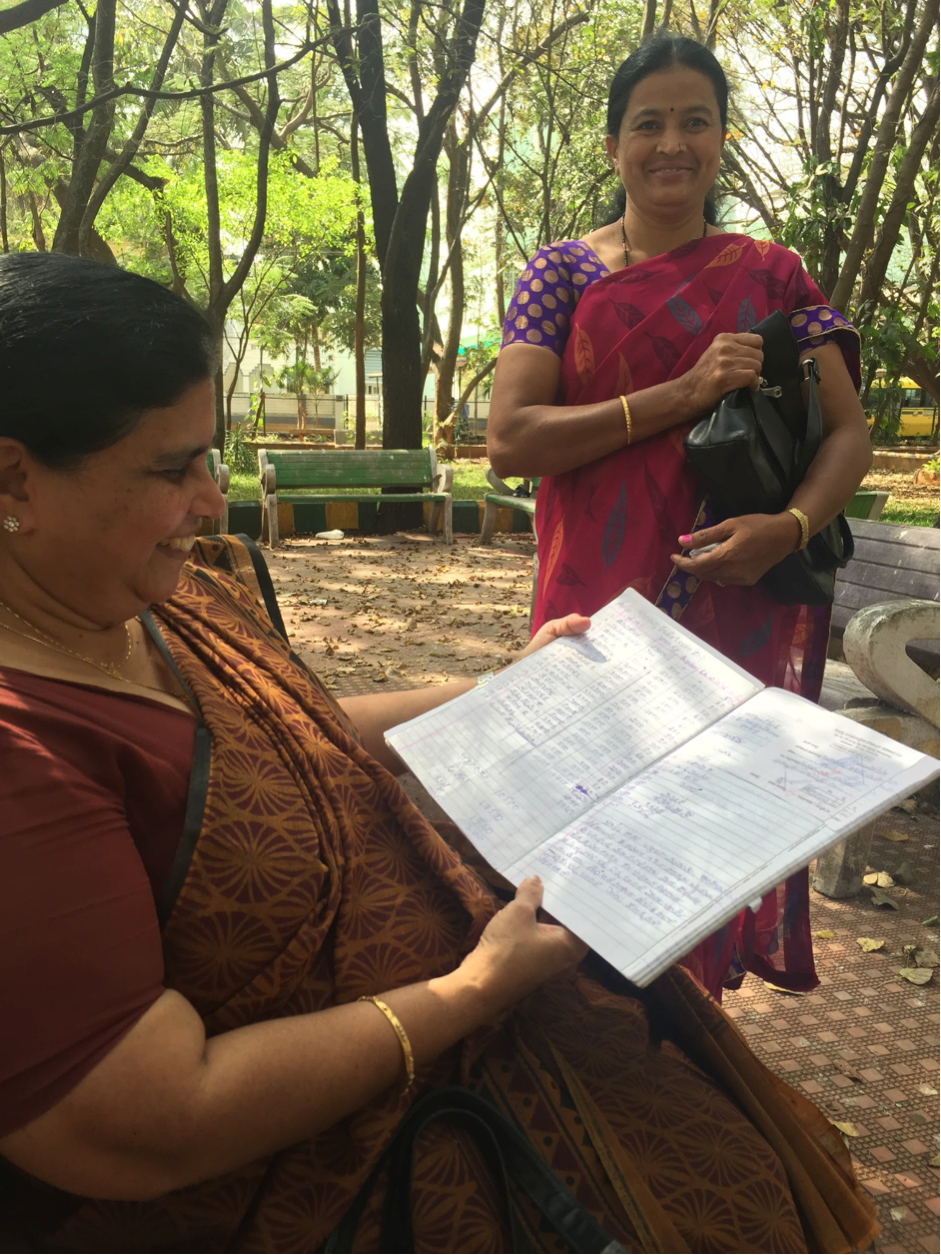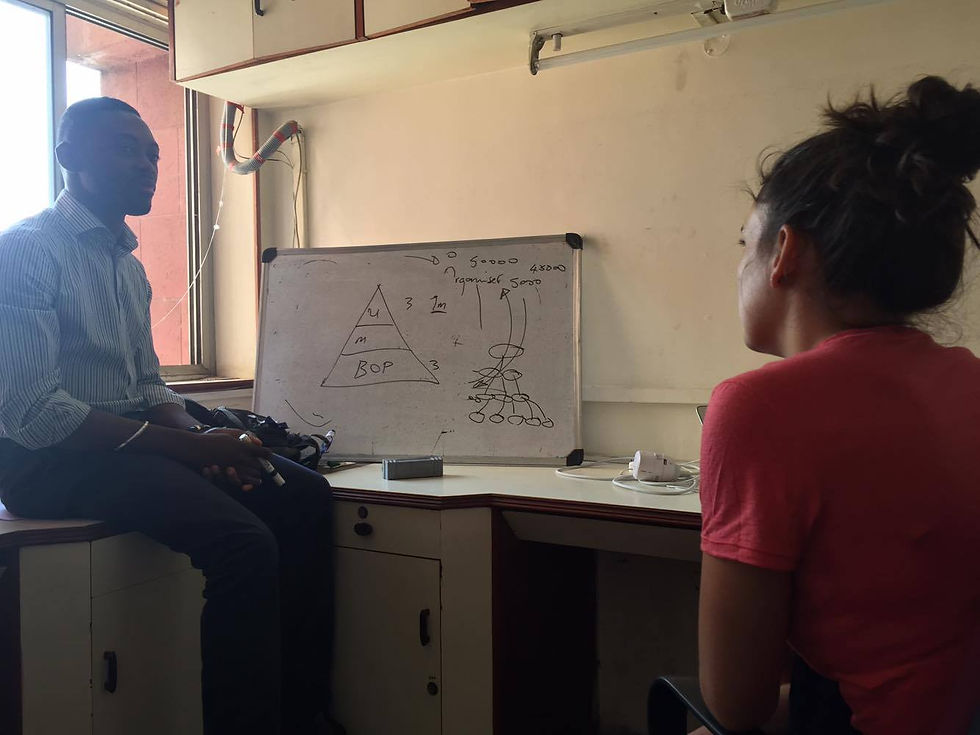Bangalore, India: Discovering the "Bottom of the Pyramid" strategy
- threefortheride
- Feb 28, 2016
- 2 min read
Going from the visit of a multinational company´s headquarters in Australia to the business development of an Indian startup is what truly makes Three For The Ride’s project unique.
During a month, we worked with theThree Wheels United team in the authentic Mittal Tower in Bengaluru. We were welcomed by business developer Cedrick Tandong, who introduced us to the various aspects of social entrepreneurship in India.

Social entrepreneurship aims at having a positive impact on society or the environment. Most of the cash flows of the company are invested to this end. For Three Wheels United, the goal is to improve Bengalurian rickshaw drivers’ way of life by allowing them to become owners of their vehicles.

Traditionally, a driver will rent his vehicle for a day without being sure to do enough rides to cover the fees of the location. If he wants to become owner of his vehicle, he must take out a loan and will go and talk to a money-lender who generally applies usurious interest rates (up to 24%). Too many payment defaults have dissuaded national banks from considering rickshaw drivers as trustworthy borrowers.
Thanks to an innovative business model based on the building of drivers communities, Three Wheels United ensures national banks that the loans will be entirely refunded, on time, by rickshaw drivers. The latter will be able to become owners of their vehicles in less than three years.

Confident in the power of communities to bring drivers to refund their loans on time, Three Wheels United creates partnerships with local driver NGOs that organize meetings on a regular basis and know every driver personally. The aim is to make the driver aware of his responsibilities regarding the pay-off of his loan, not only for Three Wheels United that acts as guarantor for the banks, but also for the other people of the community who might need a loan afterwards. Nowadays, Three Wheels United has decided to launch its own NGO, as a a part of the company. It is driven by Maggie who manages the meetings and reimbursements with strength.
For Three Wheels United, the challenge, or rather the market, is huge and can be numbered in tens of thousands of potential drivers. Cedrick reminds us that social entrepreneurship still takes into account financial profitability. Companies generally address middle or upper-class needs for their purchasing power. A social business will try to make the same profit by addressing the outnumbering populations of the bottom of the pyramid.
Offering a cheap product or service is not enough. There is a need to understand and adapt to the need of that particular market segment. For example, for rickshaw drivers, since their pay is done on a daily basis, it is difficult for them to save money until the end of the month to reimburse the bank. On that matter, Three Wheels United organizes daily repayment collections to match its drivers habits. Three For The Ride tried to give its best contribution to this meaningful project. To go further in its positive impact, the company now wants to improve its ecological footprint. Thus we did a market study on existing electric rickshaws. You can find out what we discovered here!


Comments